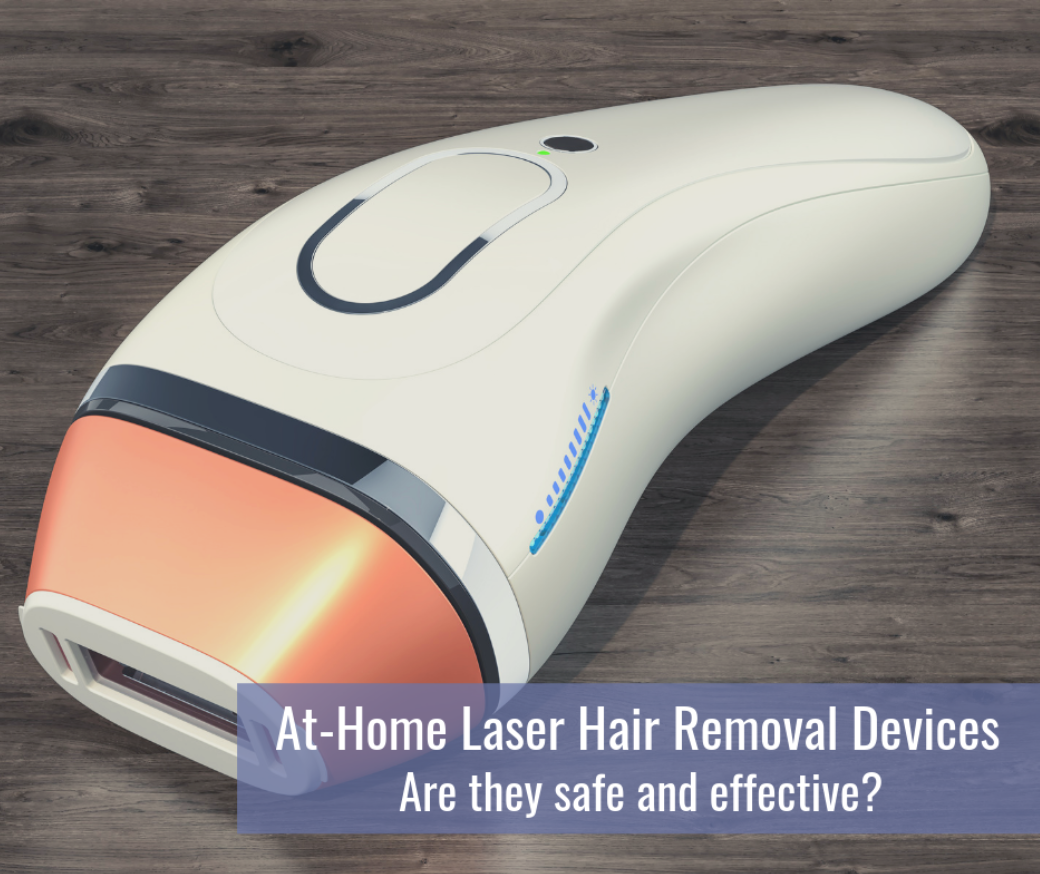
Heather Woolery-Lloyd, MD lectured on hair and scalp disorders at Skin of Color Update 2019. Kimberly Huerth, MD, M Ed, provided top tips and salient pearls from the lecture in the Next Steps in Derm article. Missed this lecture? Purchase it on-demand.
Treatment Strategies for Hair and Scalp Disorders: Biotin & Beyond
By: Kimberly Huerth, MD, M Ed
A full head of hair. This is how I came away from Dr. Heather Woolery-Lloyd’s lecture on hair and scalp disorders at the 2019 Skin of Color Update. There were many aspects of her talk that challenged me to rethink how I approach the management of hair loss in my patients. In this post we will cover biotin’s role in treating alopecia, and important considerations in the treatment of central centrifugal cicatricial alopecia (CCCA)—two topics that Dr. Woolery-Lloyd took a deep dive into during her lecture.
So I have a potentially hair raising confession to make…I might start recommending biotin again to my alopecia patients! I have previously written about the use of biotin in the treatment hair loss, the gist of it being—don’t. The don’t is because most individuals are not biotin deficient, there are potential risks associated with supplementation (such as effects on the results of thyroid function and troponin testing), and scientific data supporting the use of biotin to promote hair growth are weak unless there is a proven biotin deficiency. But Dr. Woolery-Lloyd discussed the results of a recent study out of Switzerland that lead me to question whether I might want to rethink my previous stance on biotin—Bad hair day for me!
Biotin is a coenzyme that plays a role in protein synthesis, including the production of keratin (which explains its contribution to healthy nail and hair growth). Primary and secondary biotin deficiencies are both considered very rare. Secondary biotin deficiency is thought to be rare because our intestinal flora produce more than our daily requirement. However, there are certain risk factors that may predispose an individual to a secondary biotin deficiency, including gastrointestinal disease, certain medications (isotretinoin, antibiotics, anti-epileptics), smoking, alcoholism, advanced age, extreme athleticism, pregnancy, and lactation. Moreover, serum biotin levels can demonstrate daily fluctuations of up to 100%, which is important to keep in mind when trying to identify which patients have suboptimal or deficient levels of biotin.
Let’s examine this study with a fine toothed comb. Read more on NextStepsinDerm.com







